Create an Appliance
Create an appliance by selecting an application, cloud provider, region for hosting the appliance, and configure the cluster.
Currently, appliances on Azure can use Altair Drive storage. Other cloud platforms do not support integration with Altair Drive.
- Select an appliance model, to create an appliance.
- Provide a name for the appliance.
- Select an application (batch or interactive) from the list. You can choose one or more applications from the list.
- Set the application arguments and the its values.
- Select the cloud provider from the list.
- Select the region for hosting the appliance.
- Configure the cluster by selecting the nodes and other details for the cluster.
- Create and deploy the appliance.
-
Launch NavOps.
The list of appliances is displayed.

Figure 1. AppliancesThe list displays the Appliance Name, Model Name that is selected for this appliance, Cloud Provider of the appliance, Appliance State, Nodes Count and Uptime (number of days the appliance is up and running).
Note: Click to change the column list that is
displayed.
to change the column list that is
displayed. -
Click New Appliance on the top to create a new
appliance.
The appliance models are displayed.

Figure 2. Appliance ModelsThe information about the model is provided with its version and its keywords.
Click Detail to view more information about the model.
Note: Currently, if you choose Azure, the virtual appliance will be integrated with Altair Drive. Data from the applications will be available through Altair Drive. This feature is not supported on other cloud providers. -
Click Select to use this model to create an
appliance.
The appliance model details is displayed.
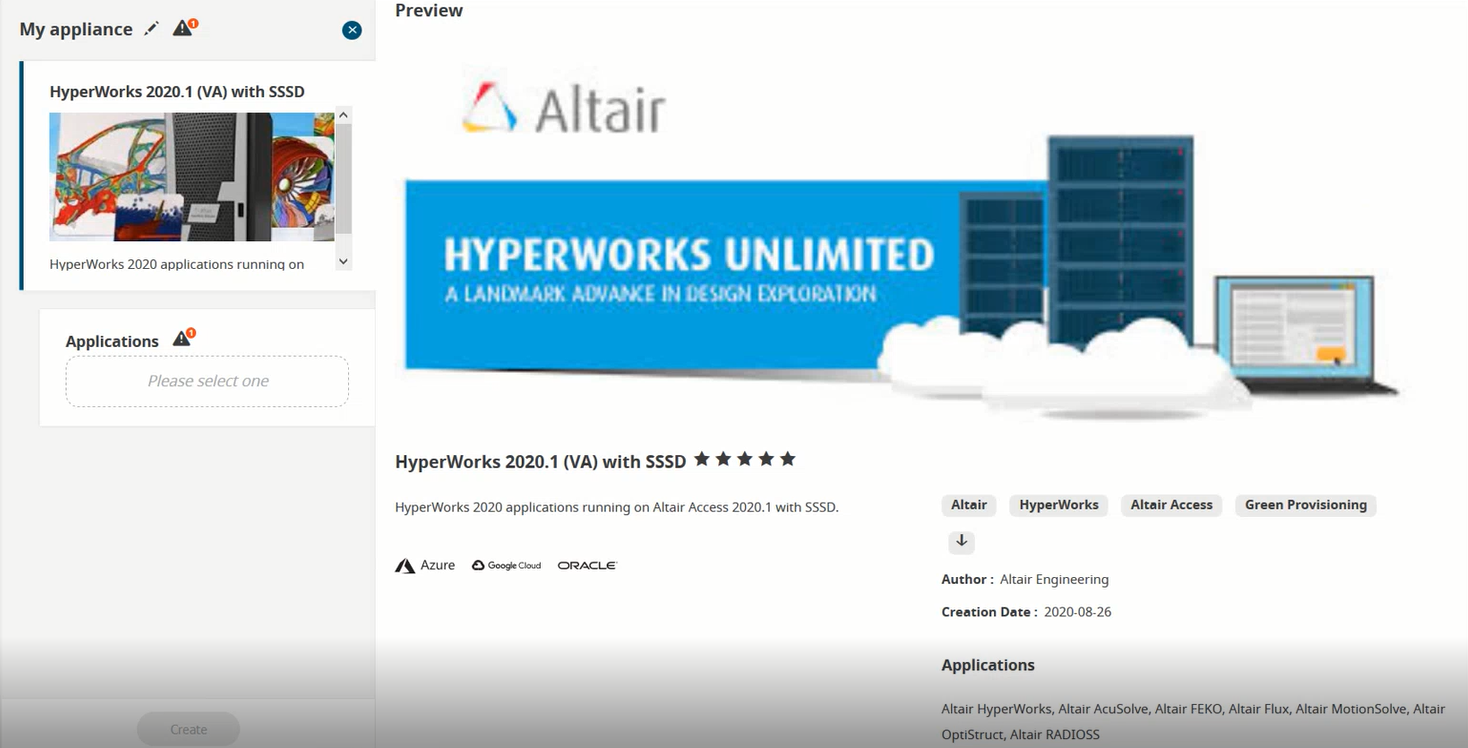
Figure 3. Appliance Model Details -
Click
 in My appliance.
in My appliance.
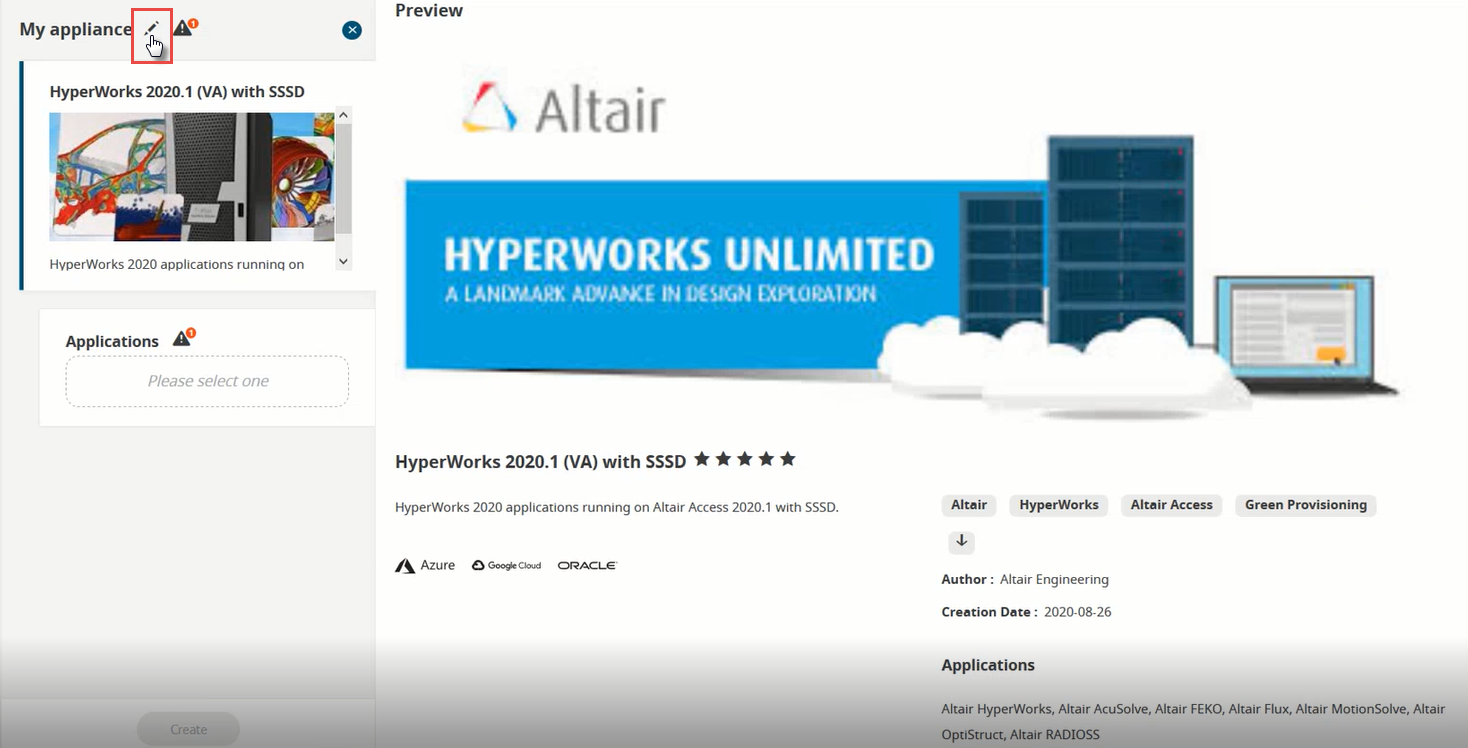
Figure 4. Name for the Appliance -
Enter a name for the appliance.
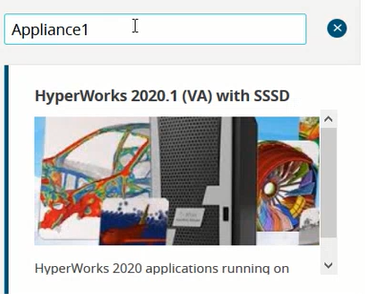
Figure 5. Appliance Name -
Click Please select one to select an application from
the list.
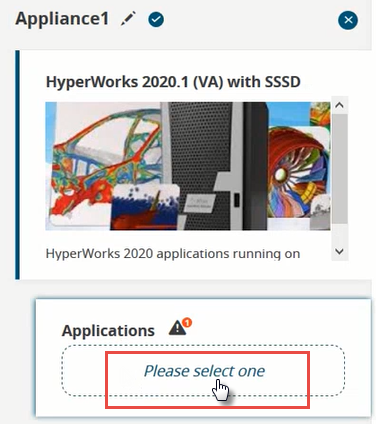
Figure 6. Add ApplicationThe list of batch and interactive application is listed in the left pane.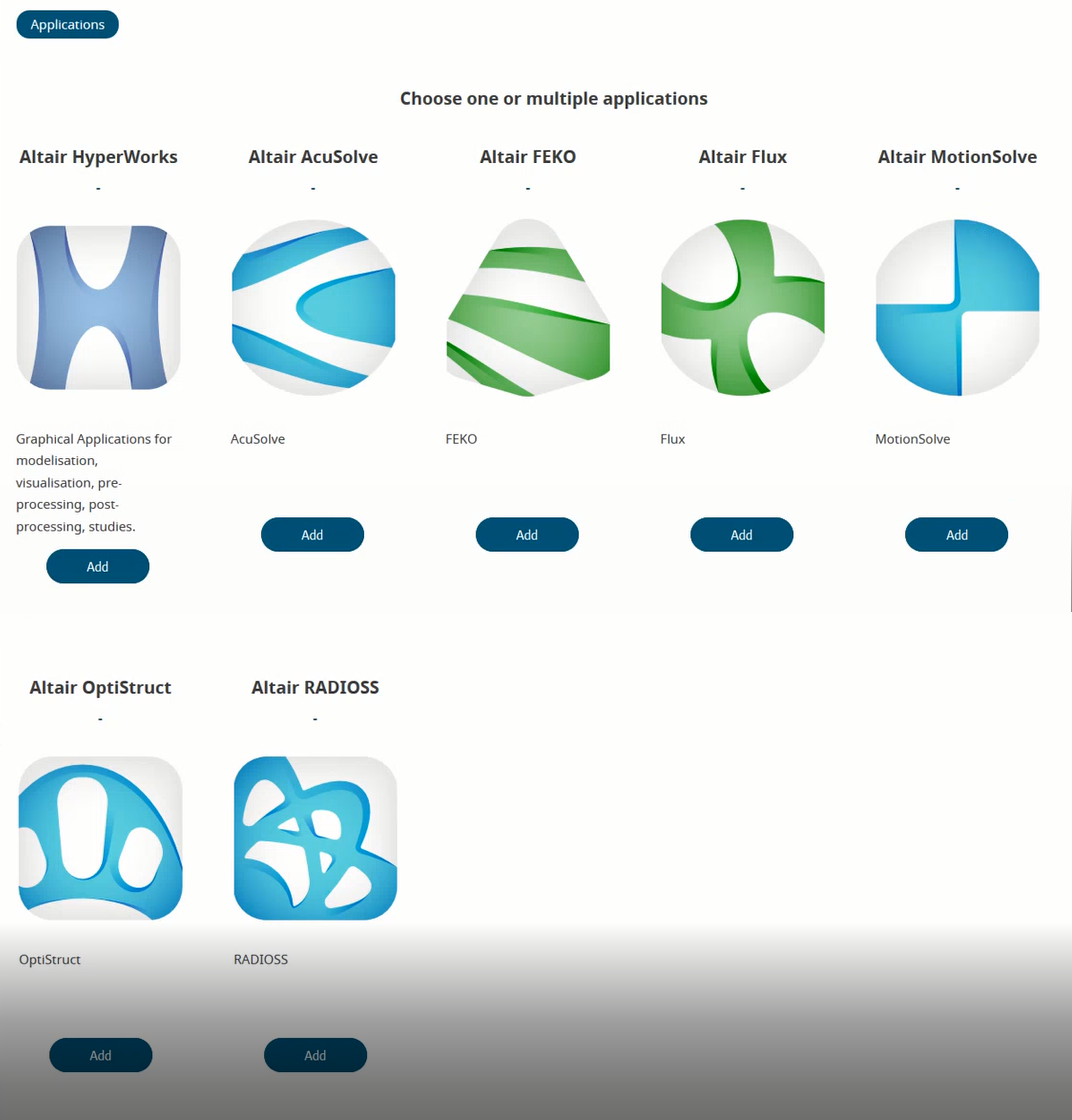
Figure 7. Application ListChoose one or multiple applications from the list.Tip: Interactive application (Altair NavOps) information is displayed below the application icon. -
Click Add.
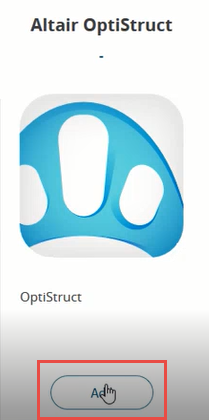
Figure 8. Add an ApplicationThe application is added and displayed in the Applications section.
Figure 9. Added ApplicationNote: Click to remove the application from the
application table.
to remove the application from the
application table. -
Click Select a cloud infrastructure to select the cloud
infrastructure and to define the region.
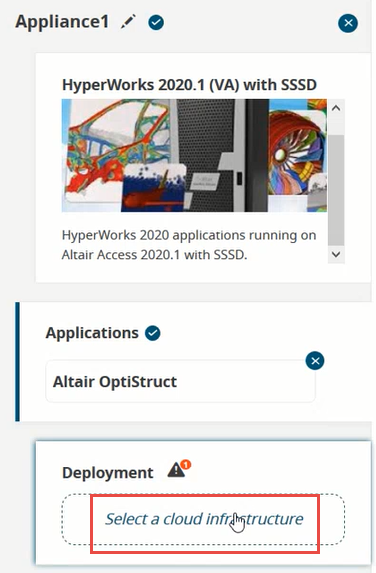
Figure 10. Cloud Infrastructure -
Select the Cloud Infrastructure.

Figure 11. Add Cloud Infrastructure -
Select a region for your cloud infrastructure.
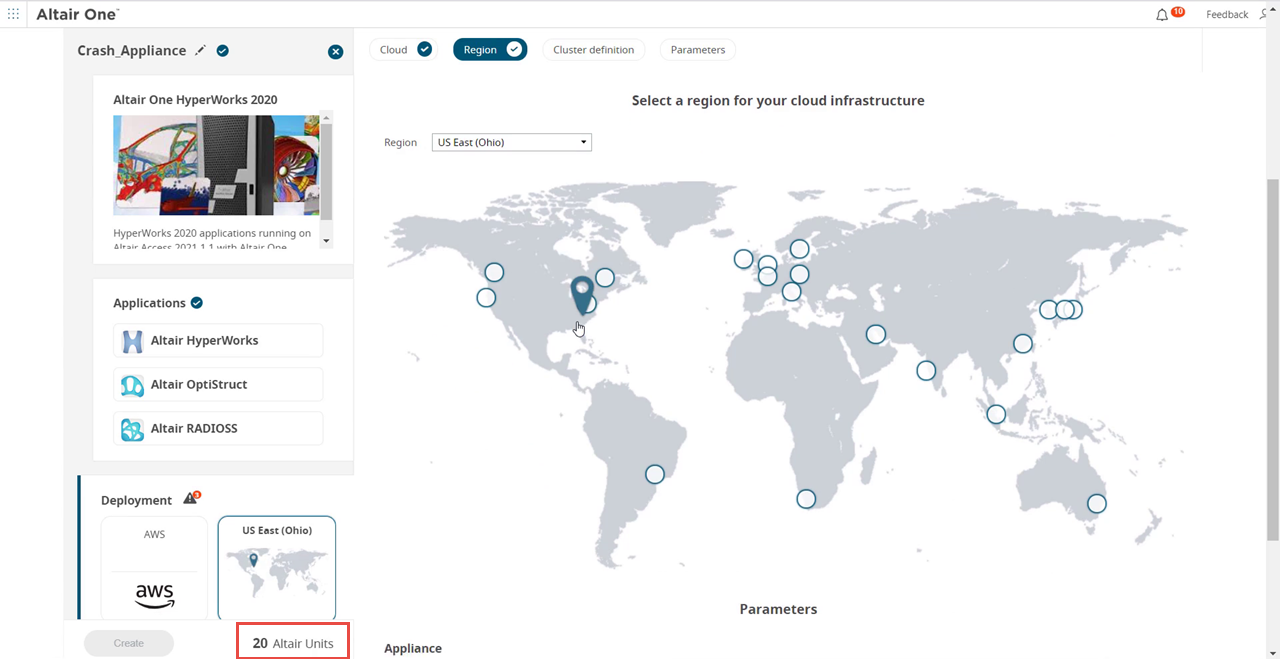
Figure 12. Region for Cloud InfrastructureTip: You can also select the region for your cloud infrastructure using the Region drop down list.The number of Altair Units required by the appliance is calculated.
-
Click
 to configure the cluster.
to configure the cluster.
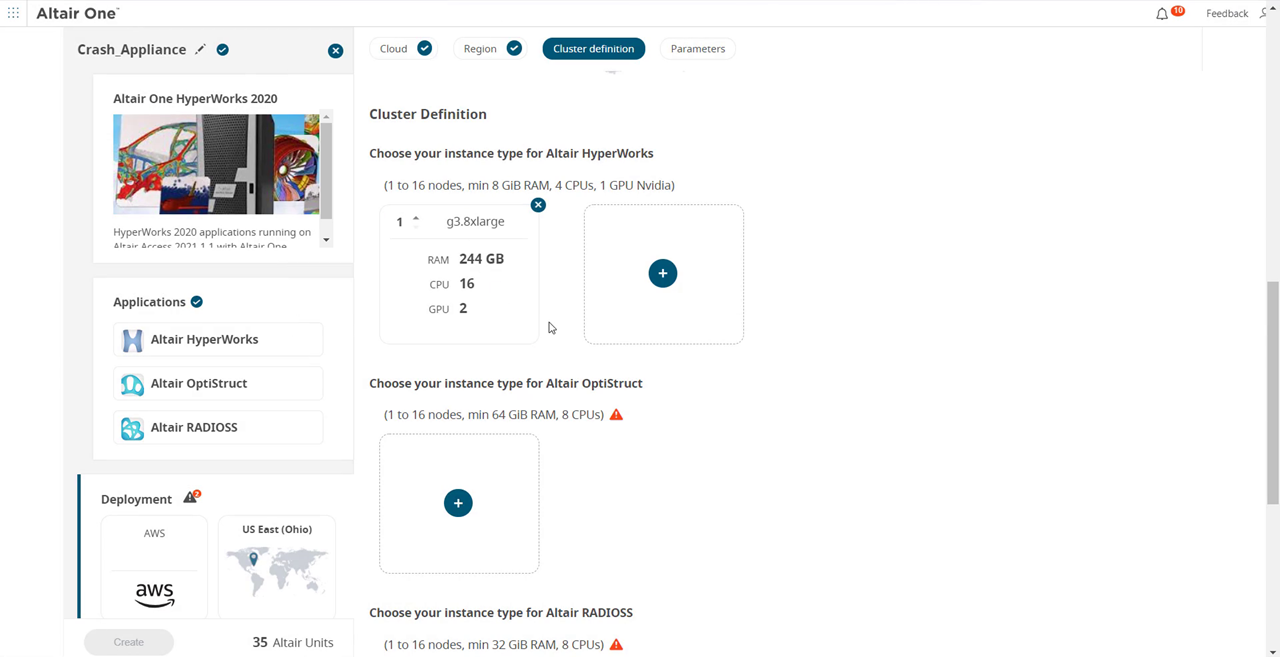
Figure 13. Add ClusterThe list of instance type available in the cloud for the selected application is displayed.
Figure 14. List of Instance Type for the ApplicationThe instance type list displays the Instance Type Name and its configuration parameters like CPU Cores, RAM, GPU Cores and Infiniband network interconnect.Note: The instance list displayed is the cluster configuration provided by the selected cloud infrastructure. -
Select an Instance Type from the list.
The selected instance type is added for the application.
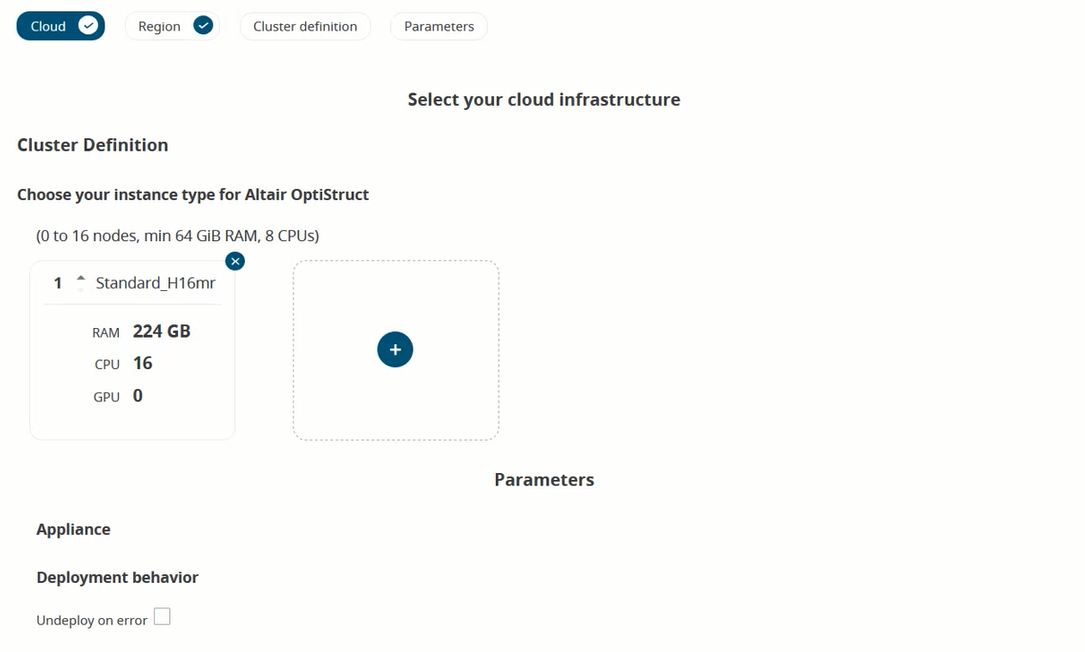
Figure 15. Cluster Instance TypeTip: You can choose multiple cluster configuration for an application.Note: Click to remove the instance type.
to remove the instance type. -
Click Parameters at the top to configure the cluster
parameters and its values.
Select Undeploy on error to undeploy the appliance when there is an error during the deployment.
-
Click Create.
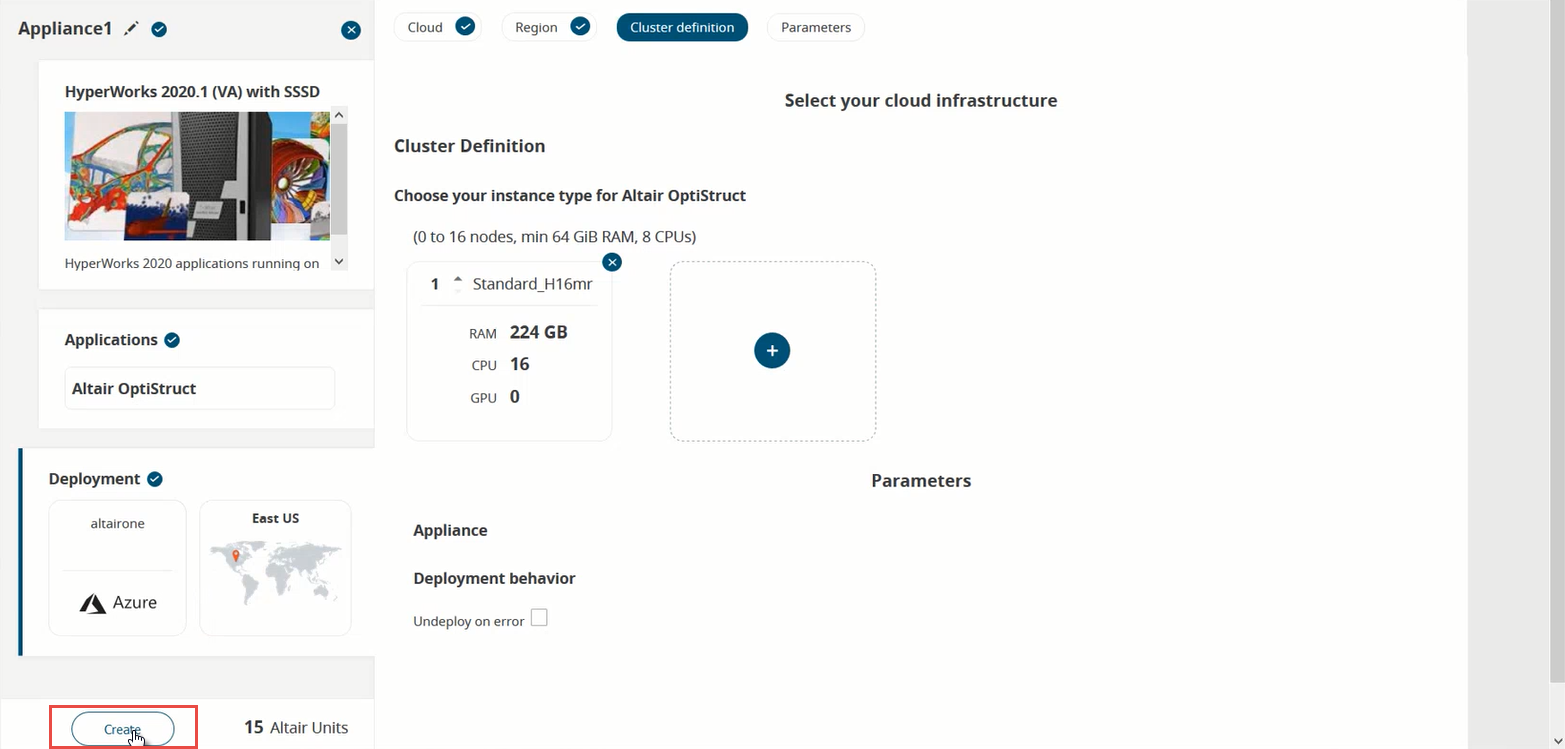
Figure 16. Create ApplianceThe appliance instance is created.
Figure 17. Create Appliance -
Choose one of the following options:
- Click Create to create an appliance and deploy it
at a later time.Note: This only creates an appliance and does not start the appliance.
- Click Create and Deploy to automatically deploy the appliance after creation.
- Click Cancel to modify the appliance details.
The new appliance is displayed in the Appliances list.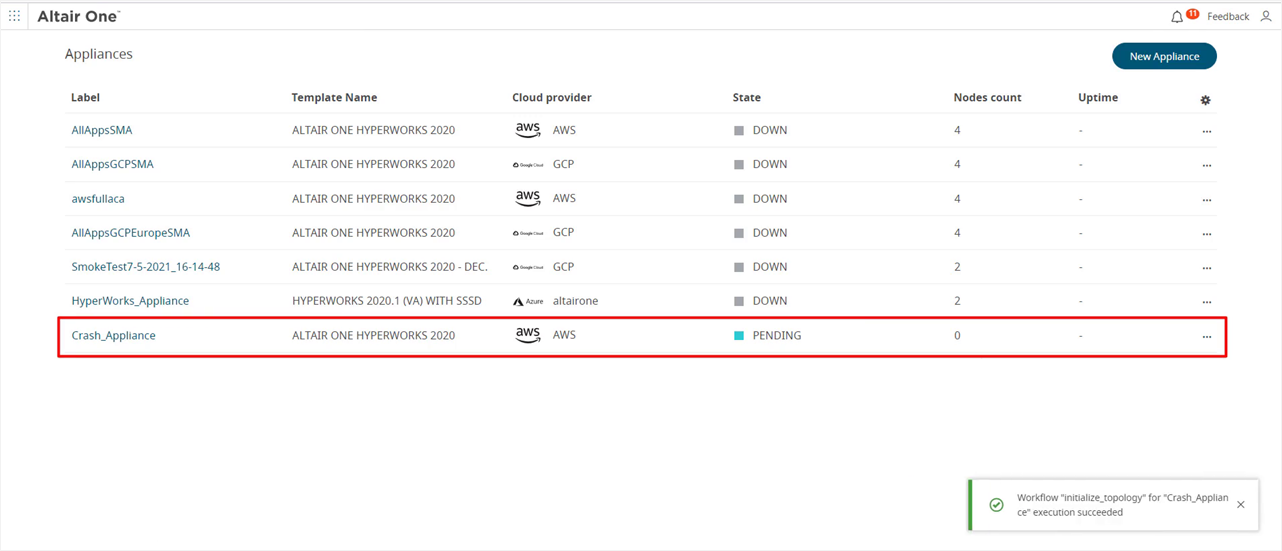
Figure 18. Updated Appliance ListA series of notifications are displayed providing the information about deploying the appliance and scripts running to create the cluster.
Note: You can also click to view the notifications and the steps
that are performed.
to view the notifications and the steps
that are performed. - Click Create to create an appliance and deploy it
at a later time.